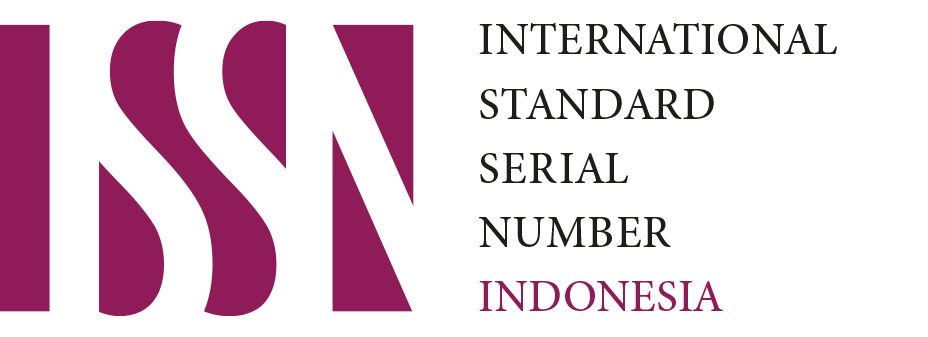Land Archive Management Village-based
Downloads
Downloads
Barthos, B. (2009). Manajemen Kearsipan. Jakarta: Bumi Aksara.
Derby, F. (1998). An Approach for Cadastral Records Reorganization and Implementation of a Topologically Structured Cadastral Information System in Tanzania. (Disertasi). Universitas Florida.
Handoko, T.H. (2002). Manajemen Personalia dan Sumber Daya Manusia. Yogyakarta: BPFE.
Hartanto, J. A. (2018). Legal Aspects of Land Purchase/Sale Disputes in Indonesia dalam Environmental Policy and Law, 48(1).
Indonesia. (2005). Peraturan Kepala ANRI no 06 tahun 2005 tentang Pedoman Perlindungan, Pengamanan, dan Penyelamatan Dokumen/Arsip Vital Negara.
Muhidin, S. A. (2016). Manajemen Kearsipan. Bandung: Pustaka Setia.
Nurrachman, H., & Marlini. (2018). Analisis Prosedur Penyimpanan Dan Pengelolaan Arsip Surat Ukur Tanah Di Badan Pertanahan Nasional Kabupaten Pesisir Selatan. Jurnal Ilmu Informasi Perpustakaan Dan Kearsipan, 7(2), 42-51.
Pai, R. (2018). Review: The benefits of digitization of land records [Real Estate]. The Economic Times; New Delhi.
Rachman, Y. (2016). Dasar-dasar Pelestarian Depok : Departemen Ilmu Perpustakaan dan Informasi Fakultas Ilmu Pengetahuan Budaya UI.
Read, J., & Mary, L. (2011). Record Management 9th Edition. Ohio : South-Western Cengage Learning.
Roeroe, S.D.L. (2013). Penegakan Hukum Agraria dan Penyelesaian Sengketa Pertanahan dalam Proses Peradilan. Jurnal Hukum Unsrat. Vol 1/No.6 Oktober-Desember.
Samadikun, M.Y. (2013). Tata kelola arsip keluarga sebuah pengalaman pribadi dalam Khazanah Jurnal Arsip Universitas Gadjah Mada, 6(2).
Sugiarto, A., & Wahyono,T. (2014). Manajemen Kearsipan Elekronik.Yogyakarta: Gava Media.
Wibisono, S. G.(2016, 6 Desember). Jokowi bertekad selesaikan sertifikat tanah pada 2025. Tersedia di www.tempo.com.
Sugiyono. (2013). Metodelogi Penelitian Kuantitatif, Kualitatif Dan R&D.Bandung: Alfabeta.
Record and Library Journal by Unair is licensed under a Creative Commons Attribution-ShareAlike 4.0 International License.
1. The journal allows the author to hold the copyright of the article without restrictions.
2. The journal allows the author(s) to retain publishing rights without restrictions
3. The legal formal aspect of journal publication accessibility refers to Creative Commons Attribution Share-Alike (CC BY-SA).
4. The Creative Commons Attribution Share-Alike (CC BY-SA) license allows re-distribution and re-use of a licensed work on the conditions that the creator is appropriately credited and that any derivative work is made available under "the same, similar or a compatible license”. Other than the conditions mentioned above, the editorial board is not responsible for copyright violation.


 57201398420
57201398420

























